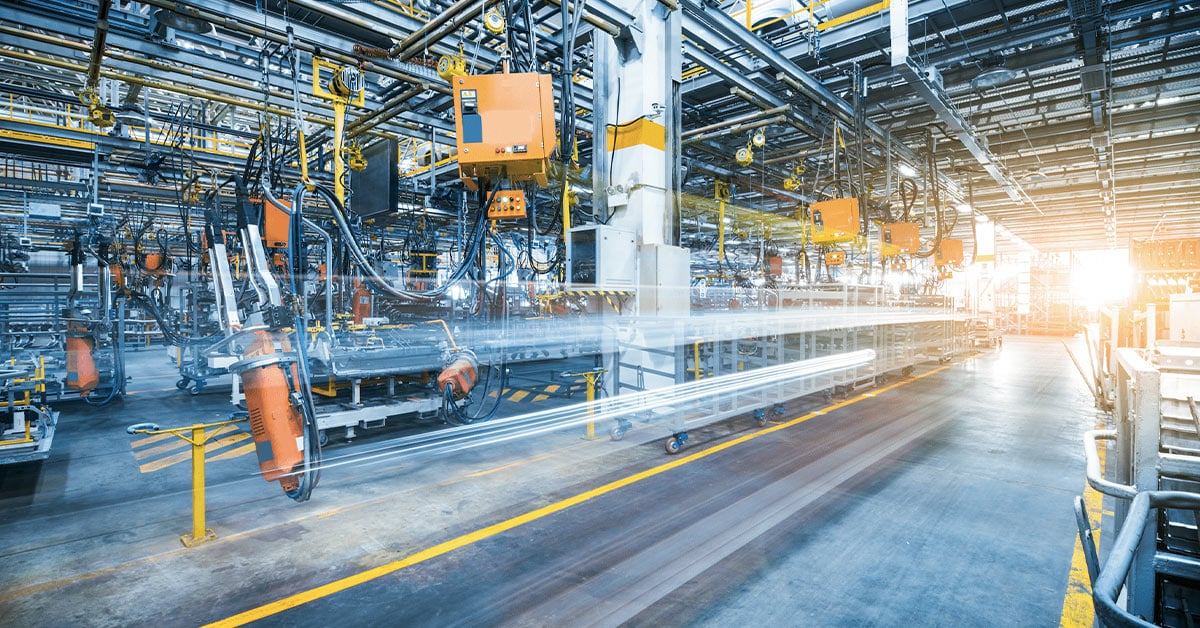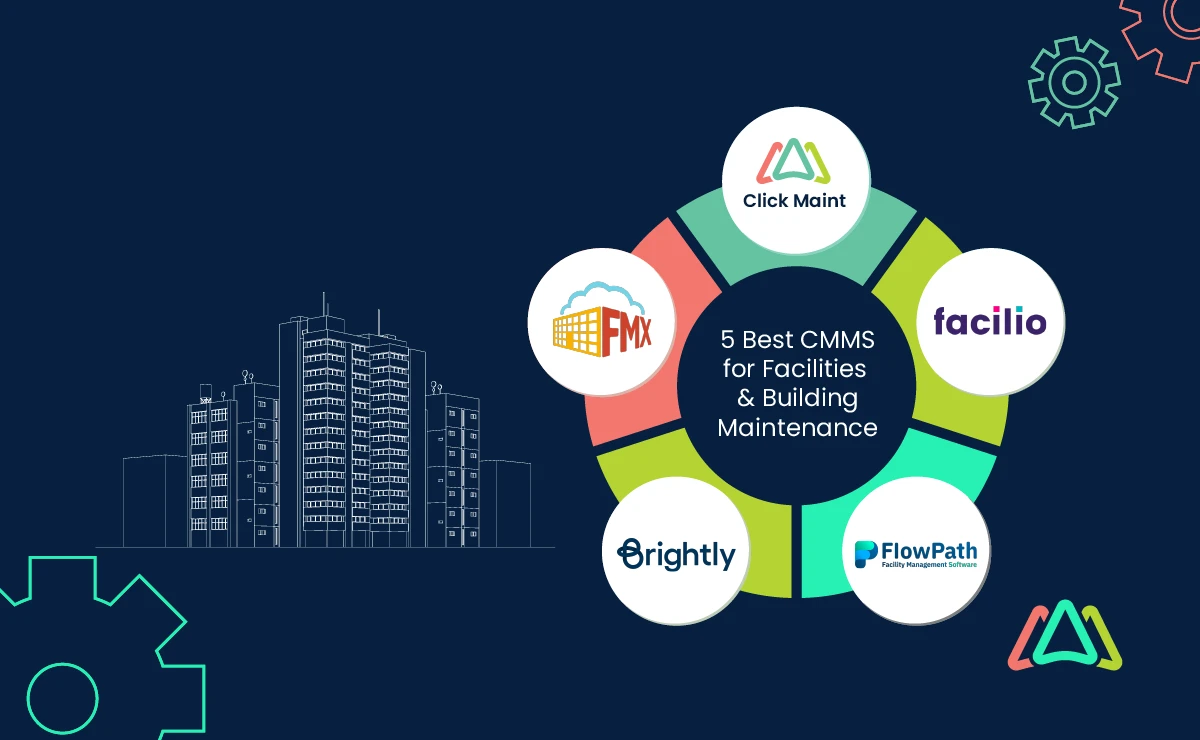The Role of Facility Management in Sustainable Workflow
Wiki Article
Key Trends Shaping the Future of Center Monitoring in 2024
As we look ahead to 2024, the landscape of center administration is poised for substantial improvement, driven by numerous key fads. The integration of wise structure innovations and a shift in the direction of data-driven decision-making pledge to boost functional efficiency while prioritizing sustainability in practice.Smart Building Technologies

Smart structure innovations incorporate a wide range of systems, including intelligent lighting, a/c controls, and protection systems. By integrating these systems, facility supervisors can keep an eye on and readjust parameters in real-time, leading to substantial decreases in power waste and operational costs. For instance, wise sensing units can discover tenancy degrees and adjust illumination and temperature appropriately, making sure that energy is only utilized when required.
Moreover, these innovations facilitate boosted data collection, allowing companies to track usage patterns and recognize chances for additional renovations. The execution of wise building innovations not just adds to sustainability objectives yet additionally creates healthier job settings that can boost staff member efficiency and satisfaction.
As we relocate right into 2024, the fostering of clever building technologies will likely speed up, mirroring a more comprehensive shift towards even more intelligent, receptive, and sustainable center monitoring methods.
Data-Driven Choice Making
Significantly, companies are leveraging data-driven decision making to enhance center monitoring methods. By using information analytics, facility managers can derive actionable insights that substantially boost functional performance and resource allotment. The integration of advanced technologies, such as IoT sensors and real-time monitoring systems, allows the collection of substantial quantities of information on building performance, tenancy prices, and power usage.This wide range of details enables facility managers to determine fads, predict upkeep needs, and proactively address problems prior to they rise. As an example, predictive analytics can anticipate devices failures, decreasing downtime and repair costs. In addition, data visualization devices help with better communication among stakeholders, making certain that informed choices are made collaboratively.
Moreover, data-driven strategies boost calculated preparation by enabling center supervisors to evaluate the effectiveness of current techniques and make educated choices relating to financial investments in innovation or framework. As organizations significantly focus on functional excellence, data-driven decision production is positioned to become a keystone of successful facility administration methods in 2024 and past. Eventually, the capacity to utilize information effectively will encourage organizations to develop more reliable, effective, and resilient facilities.
Sustainability and Environment-friendly Practices
The focus on data-driven choice making naturally straightens with the growing emphasis on sustainability and green practices within facility administration. As organizations significantly prioritize environmental duty, facility supervisors are leveraging analytics to maximize source use, reduce waste, and reduce carbon impacts. This tactical strategy allows the integration of energy-efficient systems, such as LED illumination, smart heating and cooling controls, and renewable resource sources right into facility procedures.Moreover, the implementation of lasting methods prolongs beyond energy intake. Center supervisors are embracing environmentally friendly materials and promoting recycling efforts to produce a circular economic climate within their centers. This not just boosts the ecological profile of the you could look here company but likewise fosters a society of sustainability among employees.
Conformity with environmental laws is one more important element driving the fostering of eco-friendly techniques. By utilizing information analytics, facility supervisors can keep an eye on conformity metrics and determine locations for enhancement, making certain adherence to global and regional sustainability criteria.
Hybrid Job Versions
A substantial change towards hybrid job versions is improving the landscape of center management in 2024. This paradigm incorporates remote and in-office job, requiring a reevaluation of space application, resource allowance, and staff member involvement methods. Organizations are significantly recognizing the significance of versatile work areas that satisfy varied requirements and preferences.Center supervisors should adjust by implementing versatile workplace layouts that sustain joint initiatives while giving areas for focused work. This includes the combination of innovation to help with seamless communication and cooperation among in-office and remote employees. Smart building options, equipped with sensing units and analytics, enable real-time surveillance of room usage, allowing organizations to optimize their settings successfully.
In addition, crossbreed work designs emphasize more information the need for effective center management that focuses on staff member experience. This encompasses not just technology and room design but likewise the advancement of policies that advertise a well balanced work-life dynamic. As firms navigate this transition, the role of center monitoring comes to be essential in creating a dexterous work environment that promotes efficiency and drives organizational success. Basically, the crossbreed job design is changing center management, encouraging a proactive strategy to fulfill the progressing demands of the labor force.
Improved Resident Health
As companies embrace hybrid job versions, a heightened concentrate on passenger wellness is coming to be indispensable to facility monitoring strategies. Facility Management. This shift acknowledges that a pleased and healthy workforce straight affects performance and retention rates. Center supervisors are currently focusing on environments that promote physical and psychological health, incorporating aspects such as all-natural illumination, biophilic layout, and easily accessible wellness resources

Innovation plays a crucial duty in this advancement. Smart structure systems can check ecological factors and change setups in real-time, making certain ideal convenience degrees - Facility Management. Feedback devices, such as occupancy sensing units and employee studies, permit center managers to constantly refine wellness initiatives based on occupant needs.

Conclusion
In 2024, the future of center administration will be substantially affected by the integration of wise building technologies and data-driven decision-making, cultivating improved operational efficiency. Sustainability initiatives will focus on eco-friendly methods, while the emergence of hybrid job models will necessitate versatile office layouts. An increased emphasis on passenger wellness through advanced A/c systems and biophilic layout will add to healthier work atmospheres. These patterns collectively underscore the developing landscape of facility administration in response to contemporary challenges and possibilities.Facility supervisors are adopting eco-friendly materials and advertising reusing efforts to develop a round economy within their facilities.A substantial change in the direction you can look here of crossbreed job models is reshaping the landscape of center management in 2024.Additionally, hybrid work models emphasize the demand for reliable facility monitoring that prioritizes employee experience.As companies welcome hybrid job designs, an enhanced focus on occupant health is ending up being essential to facility administration strategies.In 2024, the future of center monitoring will certainly be substantially affected by the integration of clever building modern technologies and data-driven decision-making, cultivating enhanced operational efficiency.
Report this wiki page